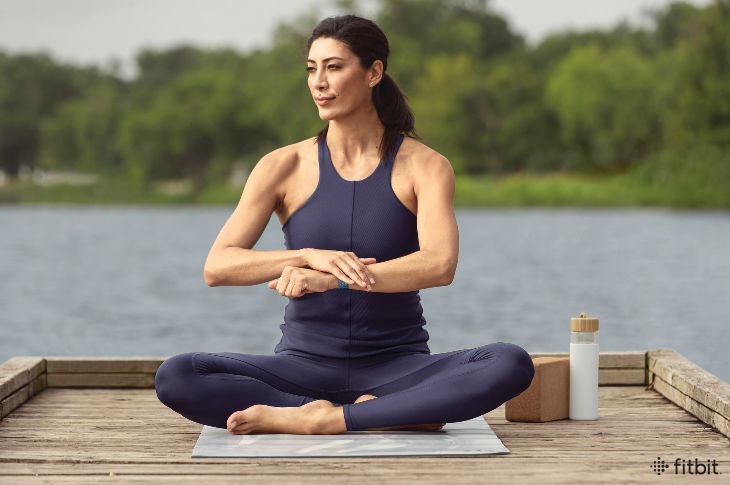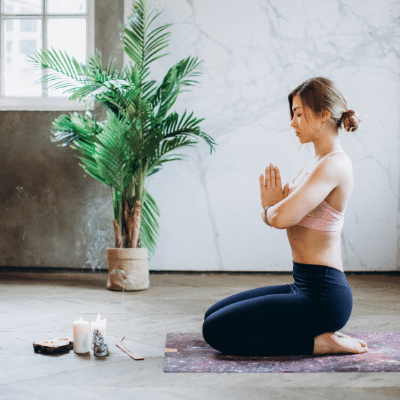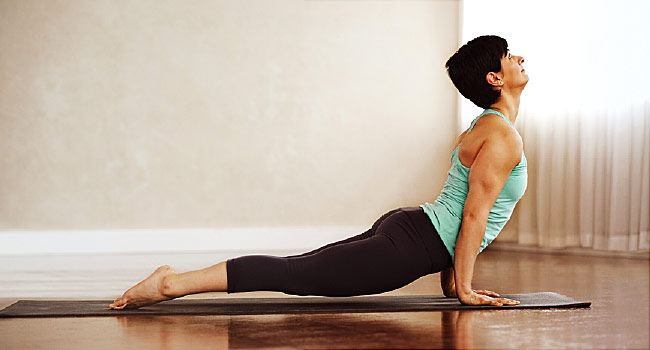What is mindfulness? Mindfulness is a discipline of deep concentration, where you become deeply aware of everything that you are feeling and sensing at the moment, with no judgment or interpretation. Practicing mindfulness consists of breathing techniques, guided imagery, and several other meditative practices to calm the mind and relax the body. Mindfulness cultivates a state of profound awareness, where every experience is given attention, no matter how trivial or seemingly insignificant it may seem. This holistic approach to practice creates both tranquility and wisdom, in a person who practices on a daily basis.
Mindfulness cultivates a state of well-being by helping to reduce stress and improve one’s health. When you are fully present, there is nothing that you experience as “no big deal,” because you are observing the entire experience in a detached manner. This detachment also reduces anxiety and depression, which are the most common mental disorders that affect millions of people each day. By practicing mindfulness on a daily basis, individuals can experience a state of well-being that is inclusive of their physical, mental, and spiritual health.
Mindfulness trains the mind to notice the physical sensations that arise but also gives attention to the mental sensations as well. For example, when you sit with your back straight and your eyes closed, you are in what is called mindfulness. You are fully present in the moment and notice everything that is around you, such as your breathing, heart rate, skin sensations, thoughts, and more. Through mindfulness, you learn to control your emotions so that you can remain in a state of awareness without becoming anxious or depressed.
When you are able to fully control your thoughts and emotions through the practice of mindfulness meditation, you are able to gain the benefits of a higher quality of sleep, a stronger immune system, a lower risk of disease, and improved general health. Mindfulness meditation is an important part of a complete wellness program, so incorporate it into your daily activities. Start by creating simple mindful exercises in your home such as taking a few minutes to observe your breathing, noticing and thinking about the sensation of your feet touching the floor, or feeling your stomach relaxing after a large meal.
Mindfulness doesn’t mean ignoring the past or future, it simply means being present in the present moment. When you practice mindfulness, you will be able to stop yourself from thinking about the past or future. Instead, you will allow the present moment to pass by as your mind wanders to more pleasurable and less stressful bodily sensations such as mild cramps, tingling sensations, or waves of relaxation. You may find that the more you practice mindful eating and sleeping, the less cravings you have and the less stress you experience. Mindfulness also helps individuals who are experiencing insomnia get some rest that night.
Studies have shown that Mindfulness can reduce symptoms of anxiety, depression, and other mental disorders. Because Mindfulness allows you to be present in the present moment, you are more likely to experience happiness, a sense of well-being, and greater compassion for others. These beneficial effects of Mindfulness lead the researchers to conclude, “Mindfulness may promote effective treatment of psychological and physiological disorders.” If you’ve been struggling with any of these common mental disorders, Mindfulness techniques should help you on your way to healing. The next time you find yourself thinking about past or future, stop, focus on the present moment, and let your body do the work.






